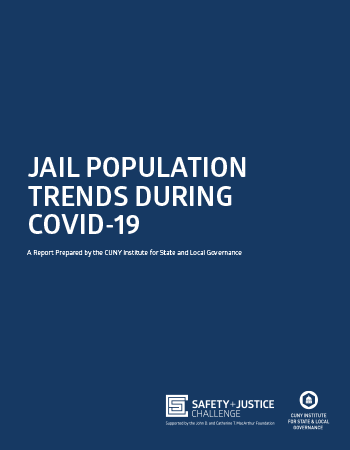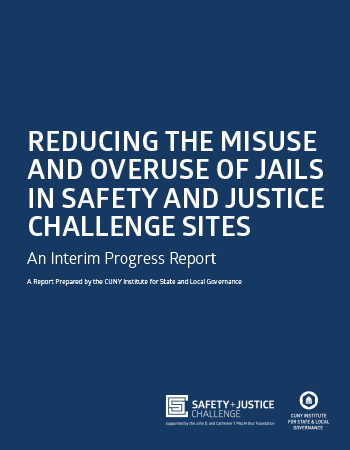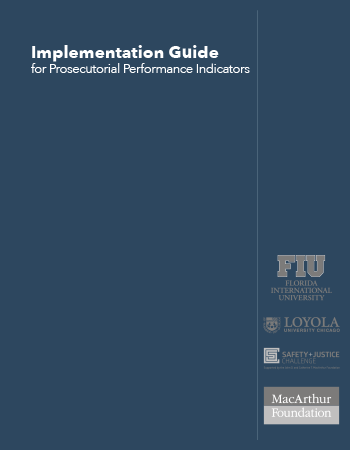Report
Data Analysis
Interagency Collaboration
Jail Populations
February 9, 2021
Reducing the Misuse and Overuse of Jails in Safety and Justice Challenge Sites
The CUNY Institute for State and Local Governance
Jails are intended to hold people who are awaiting court proceedings and are considered a flight risk or public safety threat. However, today, 75% of people across our nation’s 3,100 local jails are being held for nonviolent offenses, and three out of five are legally presumed innocent. While most people admitted to jail are released within hours or days of their booking, many cannot afford to post bail and may remain behind bars for weeks.
Our over-reliance on jails is not only expensive for taxpayers, it also has negative impacts on people who are incarcerated, their families, and communities. A significant proportion of people in jail have a diagnosable substance abuse disorder, a serious mental illness, or both – conditions that can be exacerbated by confinement. Research shows that only a few days in jail can increase the likelihood of a sentence, make such a sentence harsher, and promote future criminal behavior, making jail a gateway to deeper involvement with the criminal justice system. These and other burdens of jail fall disproportionately on communities of color: Black Americans are jailed at five times the rate of Whites.
In 2015, the John D. and Catherine T. MacArthur Foundation launched the Safety and Justice Challenge (SJC), a multi-year initiative to reduce populations and racial disparities in American jails. To date, the SJC has provided $217 million to help 51 jurisdictions in 32 states use innovative, collaborative, and evidence-based strategies to create fairer, more effective justice systems. Our report measures the effectiveness of reforms in 14 jurisdictions that have submitted case-level data for analysis from May 2016 to April 2019. It does not reflect the full range of progress in some sites, or the widespread jail population declines that have occurred during the COVID-19 pandemic of 2020.
Additional Downloads


